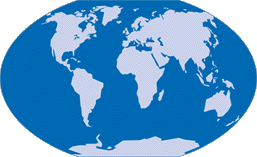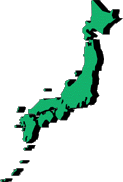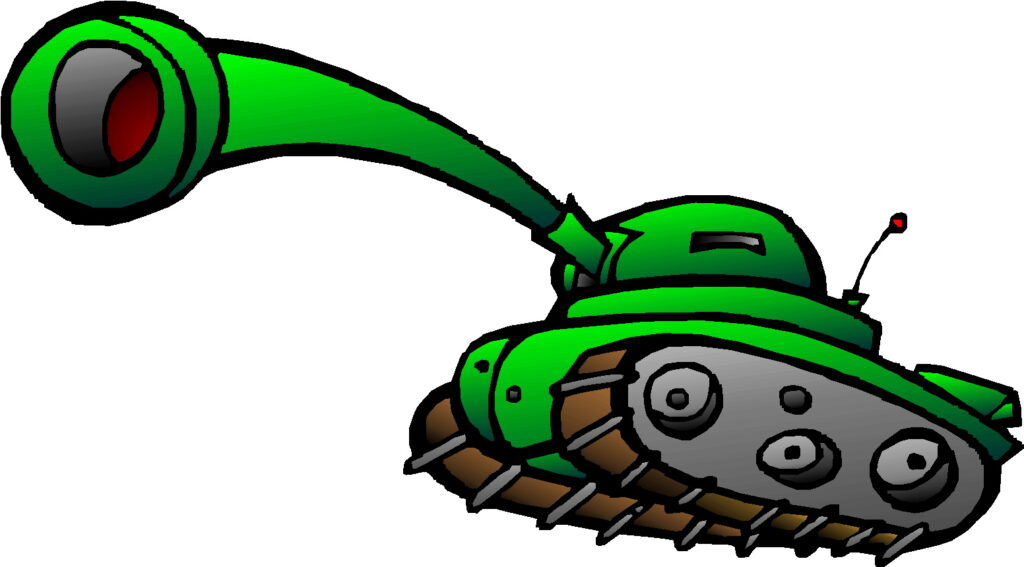

2.01 Population comparison in Norway
Norway General Information
1 Area : 386,000 square kilometers (almost the same as Japan)
2 Population : 5.25 million (IMF2022) (About Kawasaki City added to Yokohama City)
3 Capital Oslo Population: 712,092 (2023) (almost the same as Okayama City)
4 languages: : Norwegian, Sami
5 Religious ; Evangelical Lutherans Dominate
The reason why I brought up the population comparison first is because the population of Japan is too large. Norway is about 1/20 of Japan, which is incomparable. When I was a student (about 55 years ago), all the population theory courses were full of theories about Japan, and there was a lot of discussion about how to overcome the food crisis. The debate on how to deal with the world’s rapidly growing population was actively debated mainly at the United Nations. There are also Hollywood movies that deal with the population explosion, such as “Soylent Green” starring Charleston Heston The movie was about the 2022 population explosion, which will put human-based food into practical use. As of 2025, the rate of decline is only about 1/50~1/100 of the population growth rate during the so-called population explosion, but some countries, especially developed countries, have begun to decline in population. Immediately, some people began to put pessimism into words, such as saying that if the population decline continues, “the country will disappear.”
The Mathematical Analysis Optimal Population Count Course was very interesting because it showed that a huge amount of food can be obtained by making small improvements to some of the factors among many factors. If carbohydrates such as potatoes can be produced at the optimal carbohydrate conversion rate for sunlight irradiating the arable land area of Japan as a whole, how many people can survive in Japan if a human needs 2000 Kcal/day? It is a mathematical analysis like that. There are many factors such as air pollution and water pollution, but at that time it was said that about 50 million ~ 60 million people was the optimal. I think the analysis results showed that if a technology that can convert chlorophyll directly into starch is developed, about 10 million people will be able to go there.
At that time, Japan had a population of over 100 million, so the above was a very unreasonable number, and everyone thought that relying on the United States or moving to California would be the way for Japan people to live. Then, at the end of the lecture, there will be a free discussion on “How can we control the population?” In order to control the population, the first step is to reduce the infant mortality rate to zero. If you give birth to 5 children and 1~2 adults (at that time), you will instinctively make children. The second is to secure a stable supply of food. The third is the most difficult issue for a peaceful society without war and upheaval. That was the conclusion that was always repeated.
Currently, due to advances in medicine and pharmacology, infant deaths due to infectious diseases are almost zero. Second, the mechanization and internationalization of agriculture has made it possible to provide a stable supply of food, and the number of deaths from starvation has dropped to almost zero. The third war and upheaval is a coincidence, but since there has been no war at all for a long time, the child birth rate has somehow decreased.
The current decline in the birth rate is just a phenomenon behind the continuation of peace. Therefore, it is relatively easy to increase the birth rate. Just start a war.


